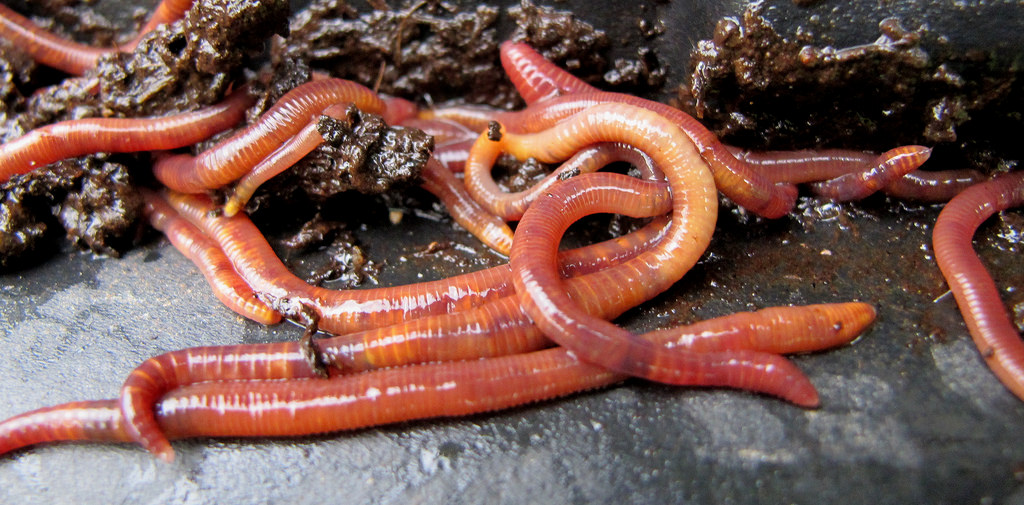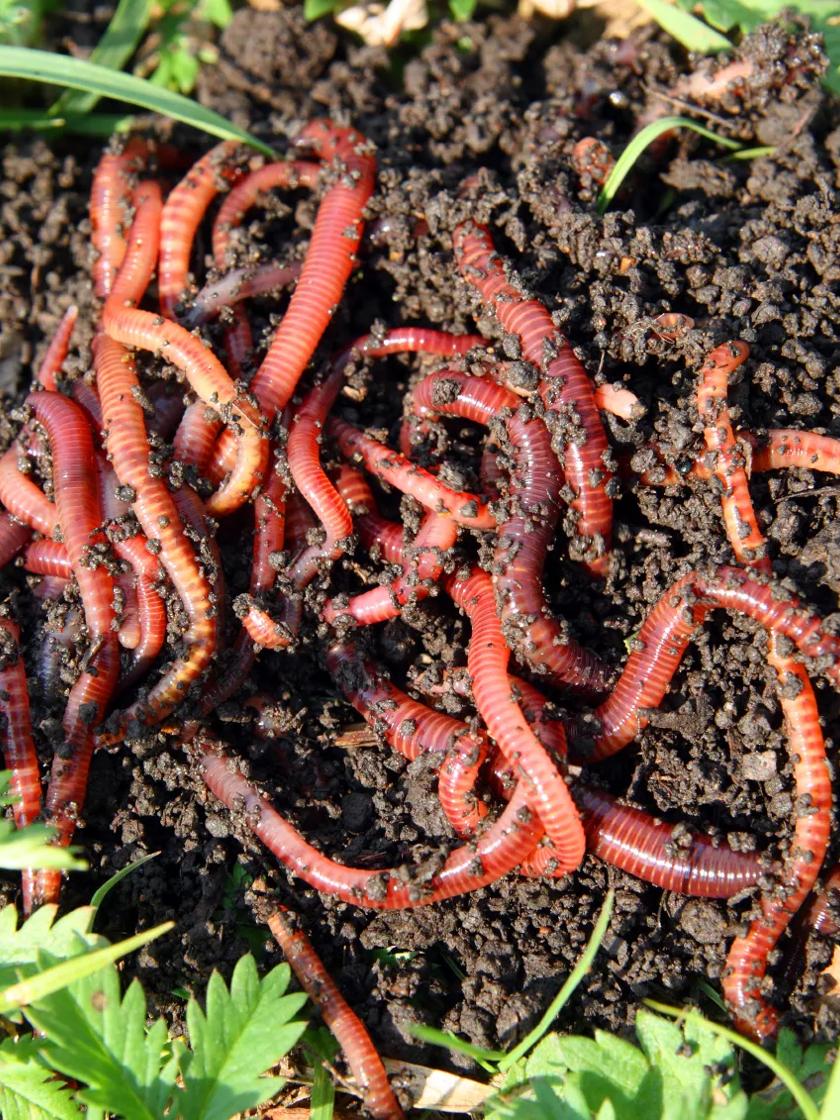Keep Your Lawn Green and Healthy with Expert Tips from Lake Hickory Bait
Red Wigglers: The Unsung Heroes of Organic Waste Recycling
Red wigglers, or Eisenia fetida, serve as vital agents in the natural waste reusing procedure, transforming discarded materials right into important vermicompost. As the globe significantly seeks remedies to combat waste build-up and improve farming performance, understanding the duty of these worms becomes crucial.
What Are Red Wigglers?
The exceptional durability of red wigglers, clinically called Eisenia fetida, underscores their essential function in organic waste recycling. These little, reddish-brown earthworms are normally discovered in disintegrating natural matter, such as garden compost stacks and manure heaps. Lake Hickory Bait. Unlike other earthworm species, red wigglers thrive in nutrient-rich environments and are highly effective at breaking down organic products, making them important for vermicomposting

(Red Wiggler Express)In addition to their role in waste decrease, red wigglers add to soil health by improving dirt framework and aeration with their burrowing activities (Lake Hickory Bait). Their existence in composting systems not just boosts decay prices however additionally advertises a sustainable method to squander administration, showing their importance in eco-friendly conservation efforts
Advantages of Composting With Worms
Composting with worms, specifically red wigglers, offers countless benefits that improve both waste monitoring and soil wellness. These worms successfully break down natural waste, transforming it into nutrient-rich vermicompost that enriches soil. This procedure accelerates decomposition, enabling a much faster recycling of kitchen scraps and other organic products compared to conventional composting methods.
Furthermore, the vermicompost created by red wigglers is including useful microorganisms, which help boost soil framework, oygenation, and dampness retention. This improves the general health and wellness of plants, promoting strenuous development and boosted returns in yards and agricultural setups. The use of worms in composting lessens the manufacturing of greenhouse gases, such as methane, adding to a more sustainable waste administration system.

Exactly How to Beginning Vermicomposting
Establishing a vermicomposting system is a straightforward process that can generate significant benefits for both waste administration and dirt enrichment. To begin, choose an appropriate container, such as a plastic bin or wood box, with adequate air flow holes to make certain proper airflow. The dimensions ought to preferably be about 2 feet by 3 feet, enabling ample space for the worms to flourish.
Next, prepare bedding product, which can include shredded newspaper, cardboard, or coconut coir. This bedding needs to be moistened to create an appropriate environment for the worms. Once the bed linens is in area, introduce red wigglers (Eisenia fetida) into the container, typically around one extra pound of worms for every square foot of area.
Adhering to the positioning of worms, include organic waste, such as vegetables and fruit scraps, coffee premises, and crushed eggshells. Prevent including milk, meat, or oils, as these can develop smells and bring in pests. Position the bin in a shaded, temperature-controlled area to keep optimal conditions for worm activity. With these actions, you will effectively start a vermicomposting system that contributes to lasting waste administration and improves your dirt.
Preserving a Healthy And Balanced Worm Bin
(Red Wiggler Express)Keeping a worm bin growing needs regular interest and care to make certain the health and wellness of the red wigglers and the efficiency of the composting procedure. Proper upkeep starts with keeping an eye on the moisture degrees; the container needs to perspire but not soaked. A good general rule is to preserve an uniformity similar to a wrung-out sponge.
Gently mixing the bed linen and food scraps every few weeks stops compaction and makes certain that all worms have access to oxygen. In addition, it is important to feed the worms properly.
Temperature level regulation is one more essential aspect. Red wigglers thrive in a variety of 55 to 77 levels Fahrenheit. If the bin ends up being as well warm or cold, the worms might come to be worried - Lake Hickory Bait. Lastly, periodically look for indicators of health, such as worm population growth and the presence of healthy castings. By faithfully taking care of these variables, one can keep a robust and efficient worm container.
Influence On Sustainable Living
The successful maintenance of a worm bin not just profits the wellness of red wigglers however additionally adds substantially to sustainable living practices. By recycling natural waste, such as cooking area scraps and lawn debris, red wigglers help draw away significant quantities of product from landfills. This decrease in waste not just reduces greenhouse gas discharges however also decreases the ecological concern related to waste monitoring.
In addition, the spreadings generated by red wigglers work as a nutrient-rich organic fertilizer, enhancing dirt health and wellness and advertising plant growth. This natural choice to chemical fertilizers supports lasting agriculture and gardening practices, reducing dependence on synthetic inputs that can hurt environments. Additionally, worm composting cultivates awareness of waste monitoring, motivating people and areas to embrace more lasting habits.

Verdict
In summary, red wigglers serve as essential contributors to organic waste recycling via their reliable disintegration of natural products. By integrating vermicomposting into waste monitoring methods, people and areas can dramatically lower waste while promoting environmental sustainability.